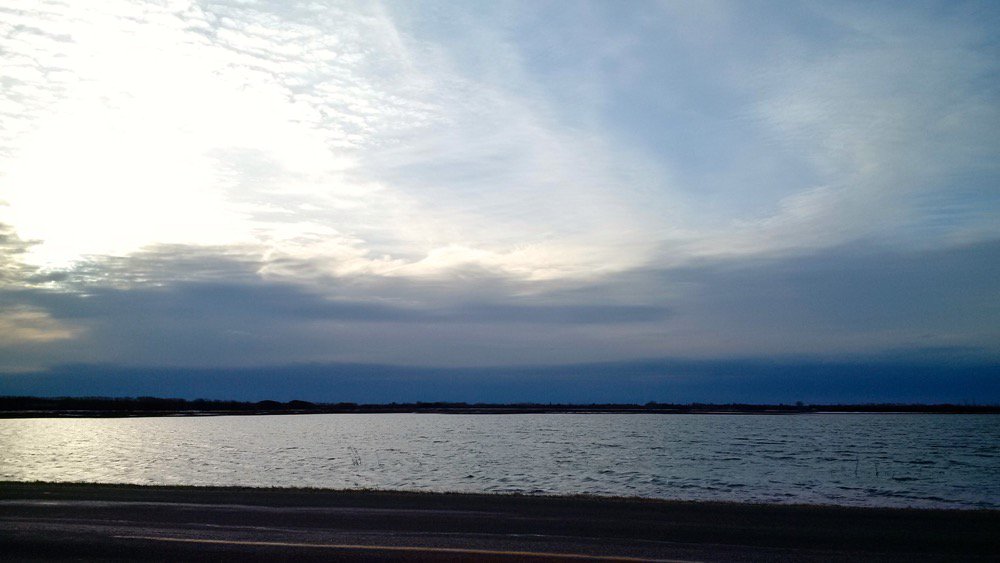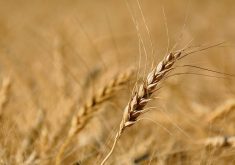MarketsFarm — A slower-than-normal spring melt has helped to alleviate most flood concerns across the Prairies, except in southern Manitoba.
That part of Manitoba, especially the Red River Valley south of Winnipeg, isn’t out of the woods just yet. Flooding may still reach levels on par with high water levels reached in 2009, according to the province’s March 27 flood outlook.
The report noted the situation could change if there’s significant precipitation this spring.
Nevertheless, flooding will be quite significant throughout the Red River Valley, including Minnesota and North Dakota, which will delay spring planting, according to media reports.
Read Also

Senft to step down as CEO of Seeds Canada
Barry Senft, the founding CEO of the five-year-old Seeds Canada organization is stepping down as of January 2026.
The Red River Floodway, which channels water around Winnipeg, will be put into operation this spring, said the province’s report.
On the Assiniboine River some moderate flooding is expected. The Shellmouth Reservoir was lowered to make room for holding back spring runoff. The Assiniboine River Diversion near Portage la Prairie, that redirects excess water into Lake Manitoba, will also be used.
A Manitoba government spokesperson said officials have completed making their flood forecasts and will issue flood updates beginning the week of April 8.
In Saskatchewan very little flooding is currently expected, said provincial spokesperson Ron Podbielski.
The area of the province south of Saskatoon has remained well below normal in terms of moisture, except the southeast and southwest corners, which have been normal.
“The spring runoff essentially concluded in most of those parts,” said Podbielski.
A spokesperson for the Alberta government declined to comment about that province’s flood situation, citing a media blackout due to the April 16 provincial election.
Flooding in Alberta is usually related to mountain runoff in the south and overland conditions in the north, said Bruce Burnett of MarketsFarm.
“The conditions in northern Alberta were a bit wet going into the fall,” Burnett said. Winter precipitation has been a little but above normal in the region, but the risks of extensive flooding are low.
— Glen Hallick writes for MarketsFarm, a Glacier FarmMedia division specializing in grain and commodity market analysis reporting.

















